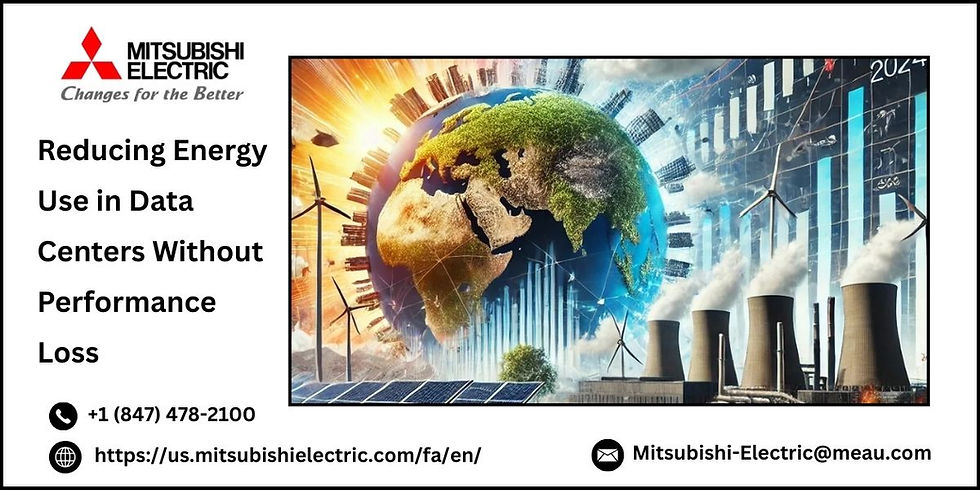How To Revolutionize Labor With Mitsubishi Factory Automation
- mitsubishielectric1
- Oct 17, 2023
- 2 min read
The center of contemporary manufacturing facilities is experiencing a quiet change. This change is changing the way we perceive production, efficiency, and labor. What is the impetus behind this revolution? Mitsubishi Factory Automation is at the forefront of factory automation. We'll delve into the realm of factory automation and the revolutionary impact that Mitsubishi robots and Mitsubishi automation solutions have played in this industry. We'll look at the wonders of automated pallet stackers and the automation of material handling automation to see how these developments are changing the way that manufacturing is done.

Automating the Future of Manufacturing
1. Process streamlining is the main goal of factory automation. Factory robots from Mitsubishi automate processes, cut downtime, and considerably increase output.
2. Mitsubishi robots are renowned for their accuracy and consistency. They meticulously repeat tasks to prevent human error and guarantee high standards of manufacturing.
3. Adaptability is one of Mitsubishi Factory Automation's most notable qualities. In order to adapt to shifting production demands, the systems may be swiftly modified, giving manufacturing more flexibility.
4. Mitsubishi places a high priority on it. Their automation systems are built with security components that safeguard both human workers and the robots themselves, fostering a safe workplace.
5. As automation replaces labor-intensive, repetitive jobs, businesses can use less human labor.
The Role of Mitsubishi Robots
Mitsubishi robots may be used in a wide range of jobs, from simple assembly to pick-and-place operations. They are a priceless resource on the industrial floor thanks to their adaptability.
Robots made by Mitsubishi are known for their speed and precision. They excel at jobs that call for quick, precise motions, increasing overall production effectiveness.
A cohesive and effective manufacturing ecosystem is produced by the seamless integration of Mitsubishi robots with other automation components including PLCs (Programmable Logic Controllers) and HMI (Human Machine Interface) systems.
Efficiency Redefined in Material Handling
Mitsubishi provides automated pallet stackers that can manage the difficult lifting involved in material handling. These devices not only increase productivity but also lower the chance of accidents at work. Rapid adaptation is essential in a fast-paced industrial setting where material handling requirements are constantly changing. The solutions from Mitsubishi allow for swift adaptations to changing demands.
Overcoming the Hurdles
Factory automation implementation might be challenging. However, businesses may overcome this obstacle with the correct ally and assistance. Upskilling or reskilling the workforce may be necessary to transition to a more automated environment. Ensuring a seamless transition and staff buy-in is crucial.
Conclusion
Leading a manufacturing revolution that is rewriting industry standards is Mitsubishi Factory Automation. Businesses may achieve unmatched efficiency, precision, and adaptability with Mitsubishi robots and automation systems. Automation in material handling, such as automated pallet stackers, is just one aspect of this transformational process. The future of seamless collaboration between human and robotic workers is being paved by the development and automation of manufacturing.
Relevant Blogs

.png)



Comments